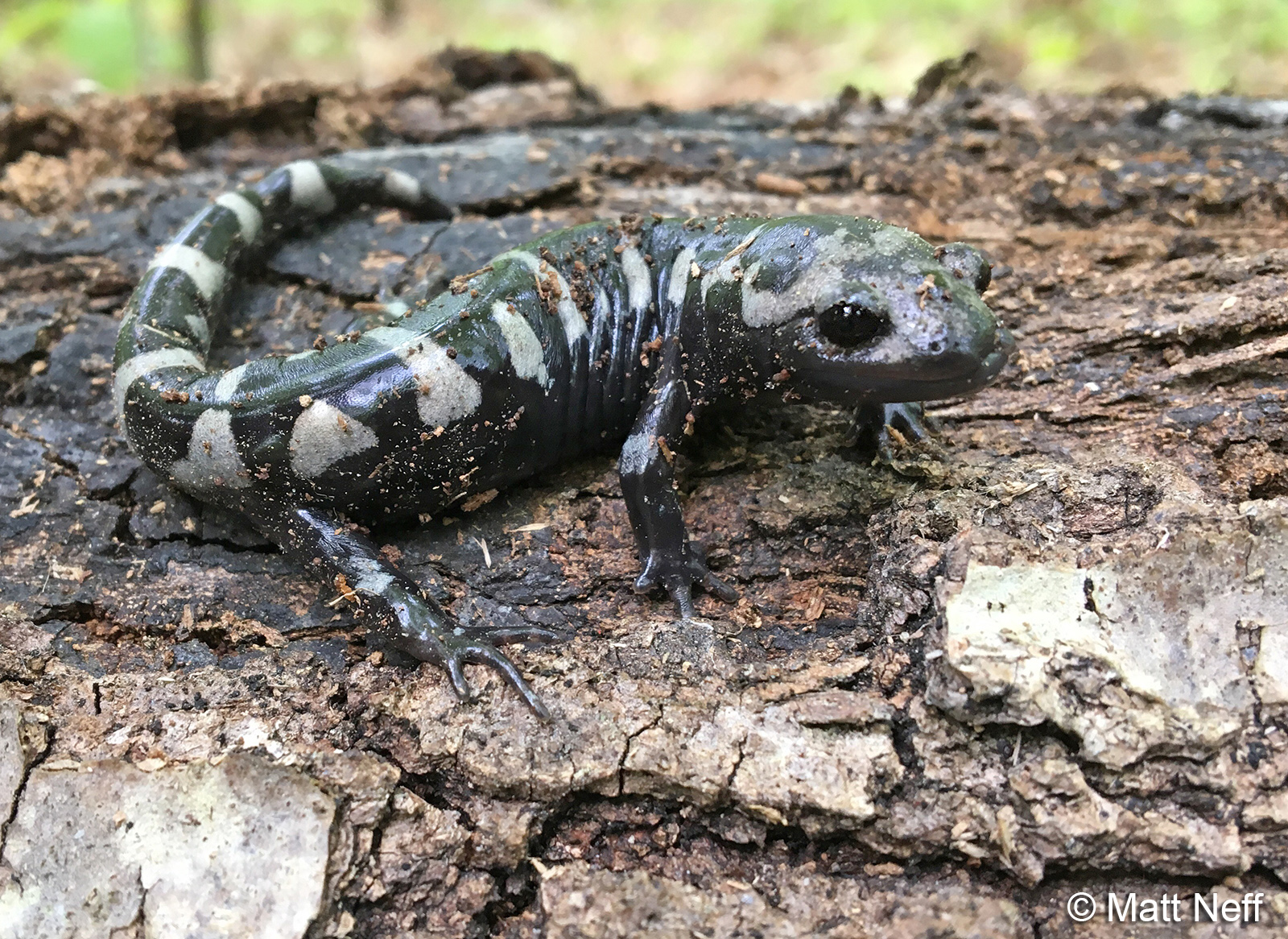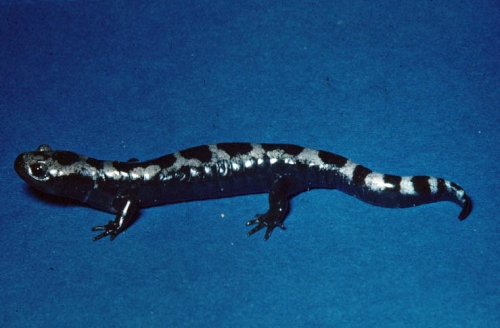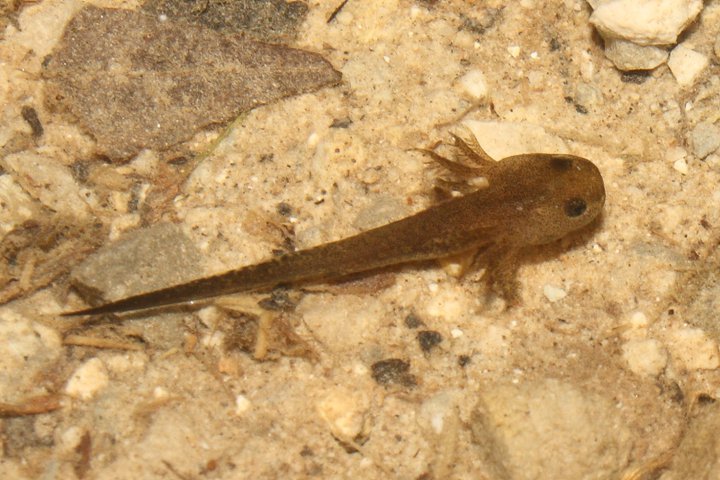Family ambystomatidae are a medium sized chunky salamander reaching up to 4 25 inches in length 10 8 cm as adults they have a variable number of white bars on the body.
Marbled salamander characteristics.
Like most of the mole salamanders it is secretive spending most of its life under logs or in burrows.
Mole salamanders are facultatively paedomorphic meaning that they may retain larval characteristics as adults and continue to live in water or complete metamorphosis and live in the terrestrial environment.
The marbled salamander is a medium sized 3 4 5 inches adult length thick bodied salamander with white or gray bands across a black to dark brown black body.
Adults are found in forested habitats and seem to prefer sandy pine forests more than the marbled salamander.
The belly may be black or brownish black occasionally with some light speckling.
Marbled salamanders grow to about 3 5 4 25 in 9 10 7 cm in size and are stout bodied and chubby in appearance.
Disjunct populations are found in eastern missouri central illinois in northwest ohio.
Range the marbled salamander can be found from southern new hampshire to northern florida and west to.
This species is sexually dimorphic males tend to have white crossbands and females tend to have gray silvery crossbands.
The marbled salamander varies in length from 9 10 7 cm 3 5 4 2 in.
Characteristics the marbled salamander is three to five inches long.
It has a black body with white or silvery gray markings.
Marbled salamanders ambystoma opacum urodela.
It has 11 12 costal grooves vertical grooves.
Marbled salamanders spend most of their lives in self excavated burrows or those dug by small mammals and are most commonly found in deciduous or mixed pine forests on sandy soil.
The bands of females tend to be gray while those of males are more white.
The decision to undergo.
Like other ambystomatids these salamanders spend most of their time underground in burrows and are infrequently seen outside of the breeding season.
The female has gray markings and the male has white markings.
They can be identified by their black dark brown body including its venter with light white silvery crossbands on the dorsum.
Background marbled salamanders are distributed across the eastern us from new hampshire to northern florida and west to lake michigan in the north and texas in the south 1 the species generally inhabits deciduous forest and prairie and is absent from much of the appalachian mountains 1 2 in massachusetts it is present at relatively low abundances partially due to being at the extreme.



























